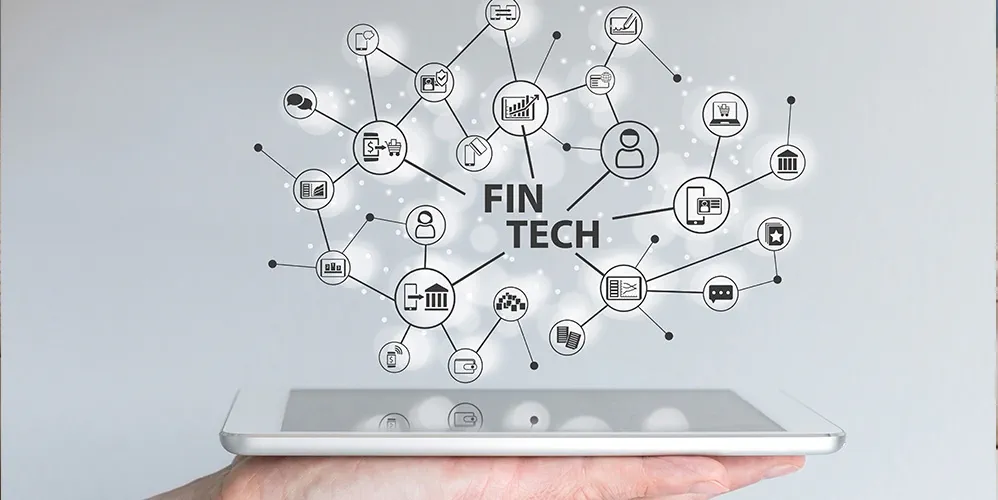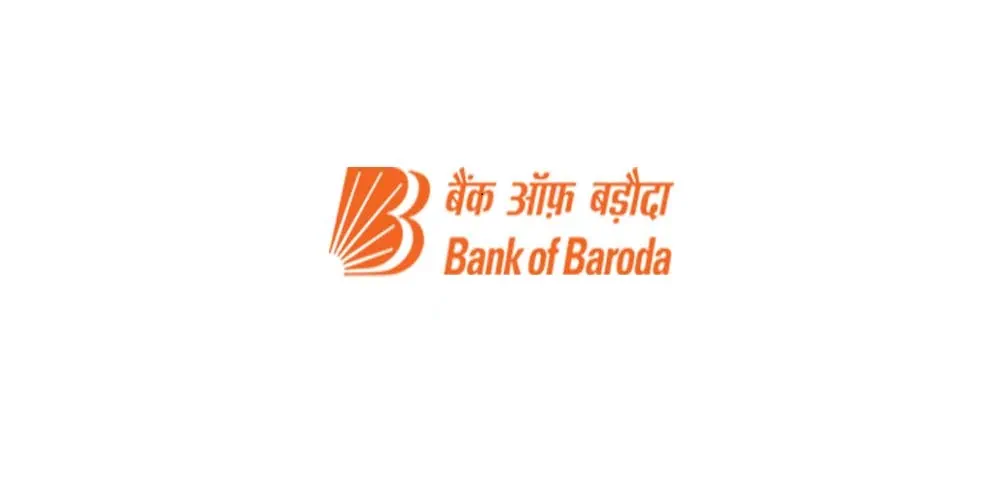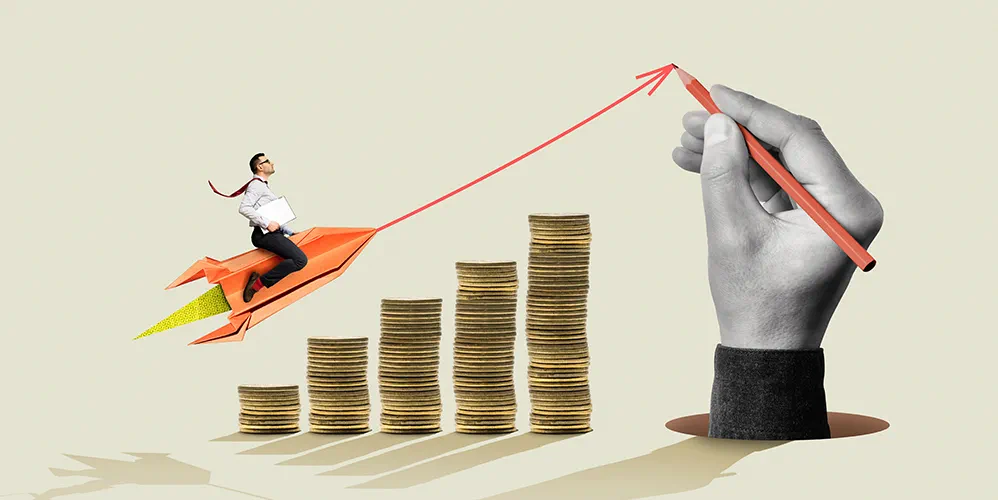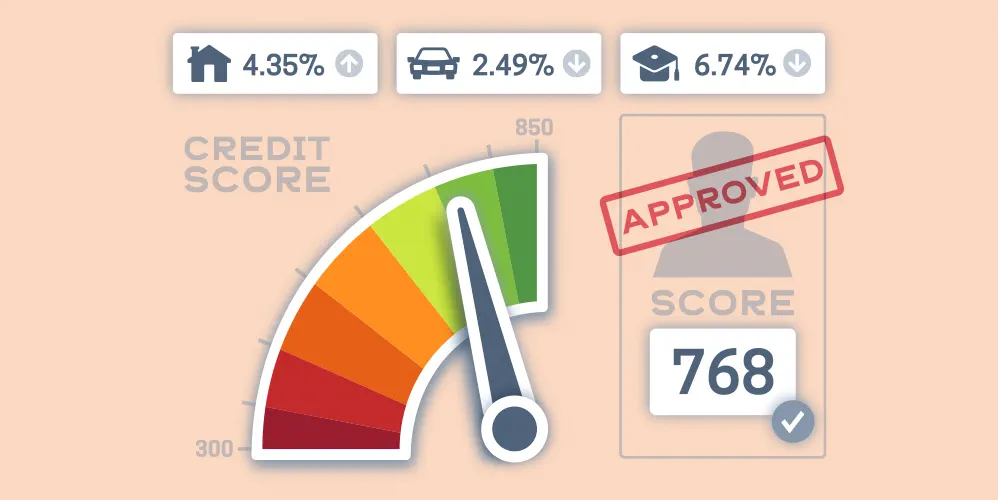
What is a Fintech Loan and How Does it Work?
17 Aug 2022

Table of Content
Fintechs are playing a pivotal role in revolutionizing credit ecosystem by creating alternative lending channels that offer significant advantages to both Bank and borrowers. Fintechs creates seamless customer on-boarding and credit disbursement processes with tech-enabled, mobile-friendly platforms that can replace physical interactions with remote loan applications.
BOB is pioneer in recognizing the need of collaboration with fintech companies. Our partnerships have helped new age fintech companies to calibrate their ideas/solutions. Platform approach creates synergy amongst all stakeholders and is co-created with the spirit of collaboration. Bank has integrated its systems with Fintechs using APIs to streamline business operations.
Bank has entered into partnerships with various Fintech companies operating in in the area of credit scoring model based on alternate data sources, algorithm based lending, invoice discounting/factoring, credit information aggregator, etc. These partnerships have opened windows for value additions in terms of acquisition of new to bank customers with better due diligence, better marketing opportunities and faster services delivery.
Bank has tied up with 18+ Fintech players with 100+ digital integrations, for the purpose of digital analysis of Bank statement, GST and ITR, Udyam, e-signing, EPFO, Vahaan, Mobile metadata & SMS scrapping, etc.
What is a Conventional Loan?
Conventional loans are offered to customers based on the traditional method of the lending process. Such loans can be obtained after visiting the Lender’s branch and sanctioning the loan application requires human intervention. Before sanctioning a conventional loan, banks first look into the following things:
- KYC verification
- Credit score and credit history
- Income
- Monthly obligation
- Legal and valuation search (if any)
- Assessment of loan limit
The applicant needs to execute the loan documents by visiting the branch personally for disbursement of loan.
How does Fintech Lending differ from Conventional Lending?
Fintech Lending indicates a shift from traditional balance sheet based underwriting mechanism leveraging a digitally verifiable cash flow-based lending criteria. Further, it involves system driven approvals as against Discretionary Lending Powers based approvals granted in traditional lending.
Fintech Lending leverages digitally verifiable cash flow oriented and non-traditional data sources for credit profiling of a potential borrower and reduces reliance on obtaining and analyzing traditional data sources such as audited/unaudited financial statements and full-fledged estimated/projected financial statements and derived financial ratios. Fintech lending also makes use of alternate data sources like utility bills payment history, EPFO, Vahaan registration, Udyam Registration, etc.
Bank of Baroda Fintech Loans –Benefits
Consumers puts a high value on time, personalized experiences, easier processes, and multiple engagement channels for choosing their Lender. Banks must respond with easier do-it-yourself application process, faster credit decisions, predictive lending, and innovative borrowing options. It is in these areas that Bank of Baroda is heavily investing in and bringing innovation to drive the next generation of fintech lending.
The customers benefit
- Ease of application and enhanced experience
- Faster & cheaper credit
- Easy access to lending products
- Realtime decisioning and customer gratification
- Branch-less banking leading to credit from anywhere, anytime
The Bank benefits
- Improved customer reach - Omni-channel readiness
- Behavior driven UI/UX interfaces
- Faster loan approval and eligibility
- Paperless processing through automated rule engines and digital workflows
- Great blend between usage of alternate data and minimum customer information
- Lower cost of service
How does Fintech Lending Work?
In-order to keep up with the ever-changing customer needs, Bank have automated and digitized the journeys, have modernized the existing applications, and streamlined the current initiatives to proactively respond to customer’s needs.
The bank is empowering the borrower to complete the end-to-end loan process for their loan requirements from lead to disbursement in a few clicks with minimal, mandatory documentation. The platform enables the customers to get loan sanction and disbursement through a contactless and paperless process from their convenience, eliminating the need to physically visit the bank branch.
Bank has developed credit models based on turnover, cash flow, digital data points and alternate data as compared to the earlier practice of balance sheet based lending. The Bank has developed tailored lending products, processes to differentiated customer base (viz. existing to Bank customers, New to Bank Customers and New to Credit, etc.) and segment specific risk scorecards that enables fintech lending.
Fintech Lending Products has been designed with key principles as under:
- STP First & Digital First Processes
- Mobile First Operating Model
- Data Triangulation through Digitally Verified data sources
- Pre-population of requisite applicant details
- Digital Product Prioritization basis business potential
- Digital Catalysts for enabling digital and handling digital drop-offs including Digital Cadre of DLCs, contact center & branches
Conclusion
The lending ecosystem has been experiencing a shift in India, with the advent of the new age lenders focusing on an end-to-end digital model with a streamlined digital lending process has strengthened the shift of adopting a digital first approach to lending.
Digital lending has significant advantages over traditional lending, with the potential to address prevalent credit-related challenges in India. One of the most distinguishable advantages of digital lending is speedier approval of credit. Credit evaluations and loan disbursals on digital platforms have visibly quicker turnaround times than traditional loans.
The usage of alternative data rather than traditional asset-based data to determine the creditworthiness of an individual is the underpinning advantage of FinTech lenders over traditional lenders. The shift from asset-based data to cashflow-based data and other surrogate data from sources such as telecom, utility combined with psychometric analysis to evaluate ability and willingness to pay, is augmenting or substituting traditional sources to service credit-invisible strata.
Popular Articles
Guide to Getting Agriculture Loan: Application, Eligibility & Required Documents
Tag Clouds
Related Articles










Guide to Getting Agriculture Loan: Application, Eligibility & Required Documents
-
Disclaimer
The contents of this article/infographic/picture/video are meant solely for information purposes and do not necessarily reflect the views of Bank of Baroda. The contents are generic in nature and for informational purposes only. It is not a substitute for specific advice in your own circumstances. Bank of Baroda and/ or its Affiliates and its subsidiaries make no representation as to the accuracy; completeness or reliability of any information contained herein or otherwise provided and hereby disclaim any liability with regard to the same. The information is subject to updation, completion, revision, verification and amendment and the same may change materially. The information is not intended for distribution or use by any person in any jurisdiction where such distribution or use would be contrary to law or regulation or would subject Bank of Baroda or its affiliates to any licensing or registration requirements. Bank of Baroda shall not be responsible for any direct/indirect loss or liability incurred by the reader for taking any financial decisions based on the contents and information mentioned. Please consult your financial advisor before making any financial decision.
What is Vehicle Loan and its Different Types
Buying a vehicle is a dream for many. Owning a car or a bike gives you the freedom to commute at your own time and pace. However, with every passing year, the prices of vehicles are increasing. Thanks to the growing lending sector in India, you can easily apply for a Vehicle Loan to fulfil your dream of owning a vehicle. Read on to understand what a Vehicle Loan is and its various types and features.
What is Mudra Loan? - A Complete Guide
In its bid to make an ‘Atmanirbhar Bharat’, Government of India has introduced several schemes and campaigns. The Make in India campaign is one of the most popular ones, aimed at promoting the growth of homegrown companies. Thus was born the Pradhan Mantri MUDRA Yojana. Launched in 2015, this scheme has proven to be extremely successful. Over the past 6 years since its establishment, the PMMY scheme has offered INR 15.52 Lakh Crore to over 29.55 crore loan applicants. The scheme provides a level playing field to all sections of society. Here, we talk about the MUDRA Loan scheme and its features.

